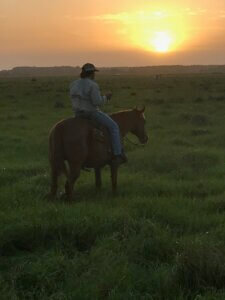May 2024 FloridAgriculture e-Newsletter
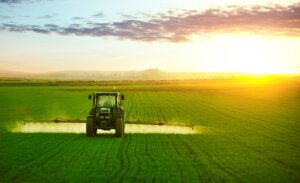 On April 2, the U.S. Environmental Protection Agency (EPA) announced changes to the pesticide labeling requirements of chlorpyrifos, diazinon, and malathion. Additionally, the EPA committed to issuing Endangered Species Protection Bulletins that set geographic limitations for these organophosphate insecticides, which will be available on Bulletins Live! Two.
On April 2, the U.S. Environmental Protection Agency (EPA) announced changes to the pesticide labeling requirements of chlorpyrifos, diazinon, and malathion. Additionally, the EPA committed to issuing Endangered Species Protection Bulletins that set geographic limitations for these organophosphate insecticides, which will be available on Bulletins Live! Two.
Chlorpyrifos, diazinon, and malathion are commonly used to control foliage and soil insect pests. Pesticide products containing chlorpyrifos are registered for use in agricultural crops and on nonfood uses, such as ornamental plants, golf course turf, and as wood treatment. Diazinon is used on a variety of specialty crops and in cattle ear tags to control flies. There are no residential uses of chlorpyrifos or diazinon. Malathion is used in the production of a wide variety of food and feed crops to control many types of insects such as aphids, leafhoppers, and Japanese beetles, by home gardeners for outdoor residential uses, and for controlling mosquitos.
Bulletins for all three pesticides include restrictions on when to apply and restrictions on tank mixing. There are additional restrictions for the chemistries pertaining to run-off and drift, found here. Amended label guidance will be included in the next printing of product labels, with a 12-month existing stock provision. EPA requested and National Marines Fisheries Service (NMFS) granted an extension until August 2024 to implement the biological opinion (BiOp) with updates for labels with food uses. This will allow the EPA time to cancel all food uses except for the 11 food crops specified previously in EPA’s 2020 Chlorpyrifos Proposed Interim Decision (PID) (alfalfa, apple, asparagus, cherry (tart), citrus, cotton, peach, soybean, strawberry, sugar beet, and wheat (spring and winter)).
For further information or questions, please contact Florida Farm Bureau’s Ag Policy Department.
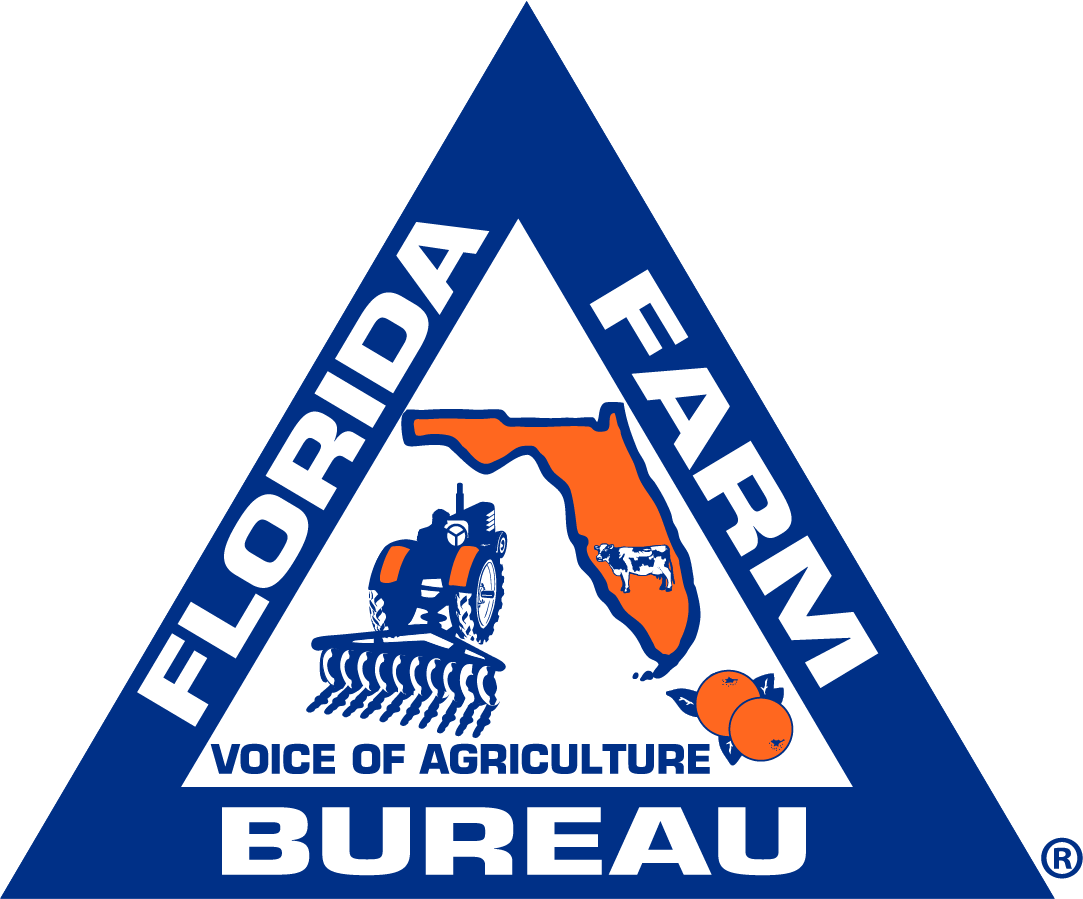


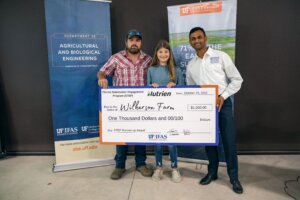 Sharma and the Wilkersons’ combined expertise has developed a better understanding of what works for corn. Their partnership exemplifies
Sharma and the Wilkersons’ combined expertise has developed a better understanding of what works for corn. Their partnership exemplifies 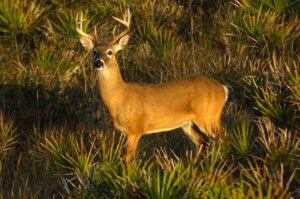 For the last decade, FFBF has been receiving complaints from our active membership in the Panhandle and surrounding counties about substantial crop losses due to deer depredation. These losses are a direct result from urban encroachment, forcing wildlife onto rural agricultural landscapes, poor management practices by the Florida Fish and Wildlife Conservation Commission (FWC), as well as strict rules implemented by FWC that disallow harvest rates and practices that help to manage a healthy and harmonious population of deer within the landscape.
For the last decade, FFBF has been receiving complaints from our active membership in the Panhandle and surrounding counties about substantial crop losses due to deer depredation. These losses are a direct result from urban encroachment, forcing wildlife onto rural agricultural landscapes, poor management practices by the Florida Fish and Wildlife Conservation Commission (FWC), as well as strict rules implemented by FWC that disallow harvest rates and practices that help to manage a healthy and harmonious population of deer within the landscape.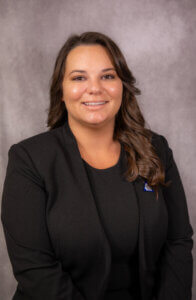 Dallas Hull grew up in New Smyrna Beach where she was involved in her local 4-H and FFA programs. Her father was a Volusia County Fair Association Director during Hull’s childhood, which led to her involvement showing livestock at the county fair. She has always been around agriculture in some facet, and over the last few years, has truly grown into a strong advocate and leader in her county.
Dallas Hull grew up in New Smyrna Beach where she was involved in her local 4-H and FFA programs. Her father was a Volusia County Fair Association Director during Hull’s childhood, which led to her involvement showing livestock at the county fair. She has always been around agriculture in some facet, and over the last few years, has truly grown into a strong advocate and leader in her county.  Taste of Volusia is a
Taste of Volusia is a 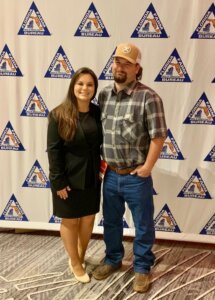

 Matt and Blaire Fisher grew up in Florida’s Panhandle. Blaire grew up in Jackson County and Matt in Washington County, and the couple currently reside in Matt’s hometown of Chipley. Together, they have two sons; Brett and Brody.
Matt and Blaire Fisher grew up in Florida’s Panhandle. Blaire grew up in Jackson County and Matt in Washington County, and the couple currently reside in Matt’s hometown of Chipley. Together, they have two sons; Brett and Brody.  By J. Scott Angle
By J. Scott Angle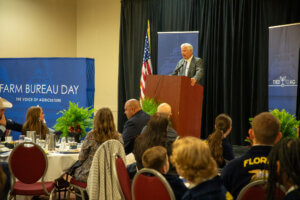 Part of the future was in the room. Scores of blue-jacketed
Part of the future was in the room. Scores of blue-jacketed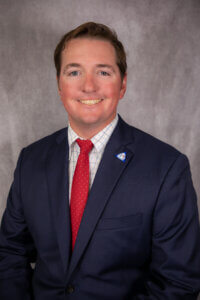 Benjamin Putnam comes from a family of agriculturalists in rural Polk County. He is a sixth-generation farmer and grew up working cattle with his uncle, fixing irrigation in the citrus grove, and helping around the farm where needed. His involvement on the family farm helped instill in him a passion for agriculture.
Benjamin Putnam comes from a family of agriculturalists in rural Polk County. He is a sixth-generation farmer and grew up working cattle with his uncle, fixing irrigation in the citrus grove, and helping around the farm where needed. His involvement on the family farm helped instill in him a passion for agriculture. 